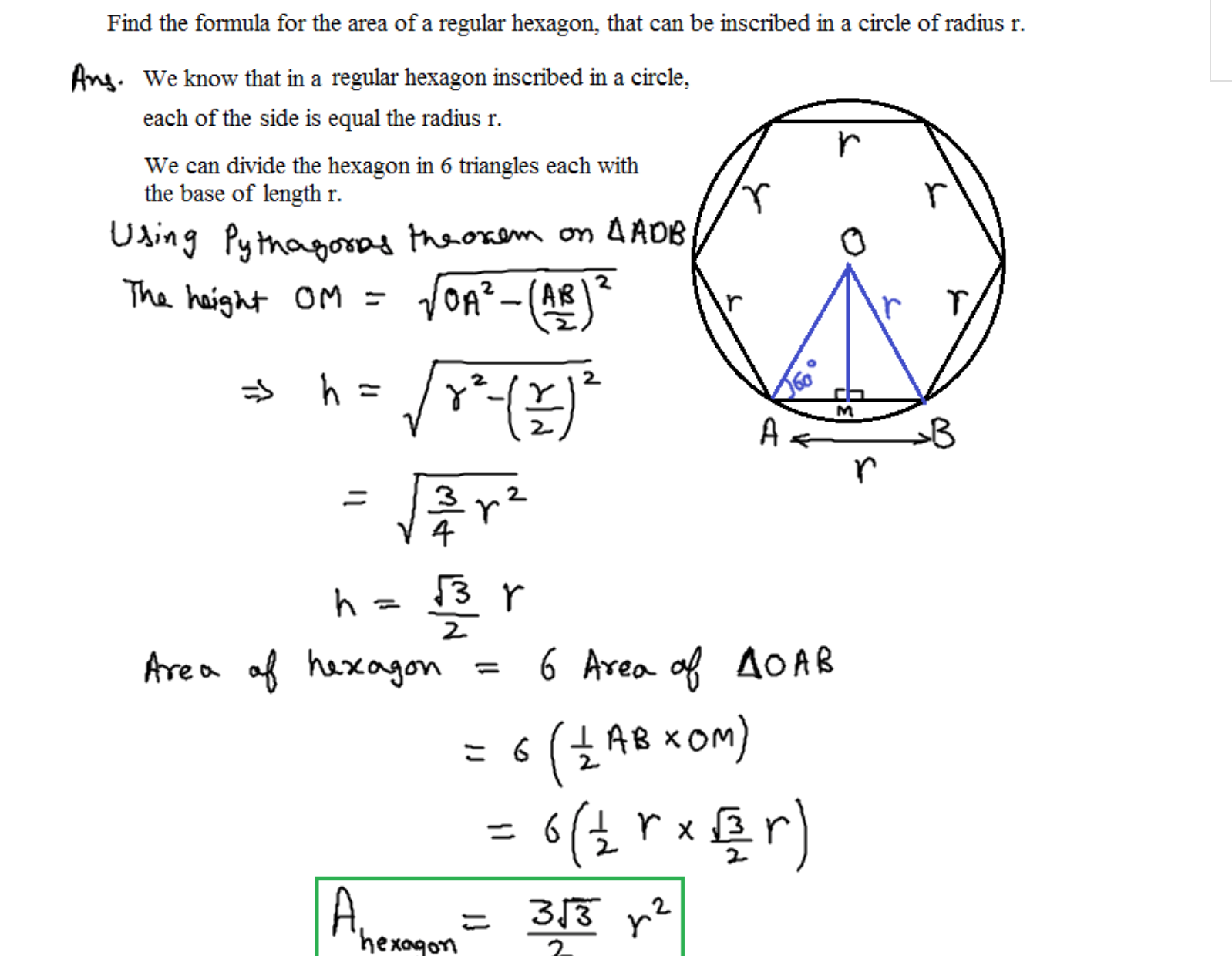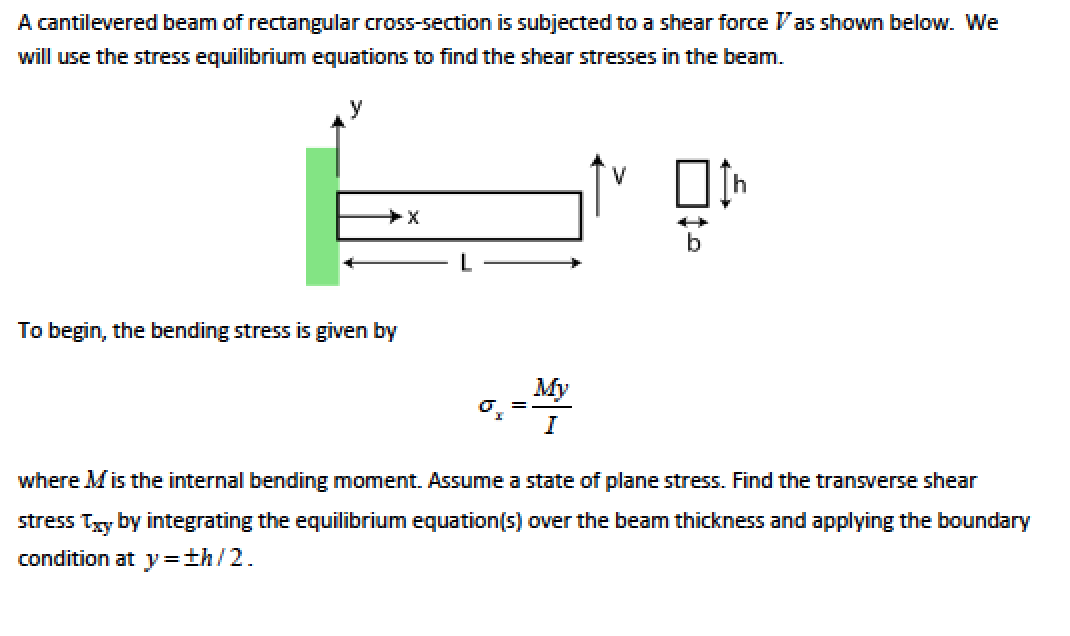

The cookies is used to store the user consent for the cookies in the category "Necessary". This cookie is set by GDPR Cookie Consent plugin. The cookie is set by GDPR cookie consent to record the user consent for the cookies in the category "Functional". The cookie is used to store the user consent for the cookies in the category "Analytics".

These cookies ensure basic functionalities and security features of the website, anonymously. Necessary cookies are absolutely essential for the website to function properly. When we cut a cube along a vertical plane or a horizontal plane, we get a square having the same sides ‘s’ as that of the cube. Therefore, the cross-sectional area of a circle having radius ‘r’ along any plane passing through the centre of the sphere is equal to πr ². When we cut a sphere along any plane passing through its centre, we get a circle having the same radius (r) as that of the sphere. Let us now find out the area of the cross-section for different solid shapes. Vector Mechanics for Engineers (10th ed.).The projected area after passing a plane through the 3-D object is said to be its cross-sectional area. Statics and Mechanics of Materials (Second ed.). Vector Mechanics for Engineers (10th ed.). In engineering practice, however, moment of inertia is used in connection with areas as well as masses. The term second moment is more proper than the term moment of inertia, since, logically, the latter should be used only to denote integrals of mass (see Sec. It may refer to either of the planar second moments of area (often I x = ∬ R y 2 d A. The polar second moment of area provides insight into a beam's resistance to torsional deflection, due to an applied moment parallel to its cross-section, as a function of its shape.ĭifferent disciplines use the term moment of inertia (MOI) to refer to different moments. The planar second moment of area provides insight into a beam's resistance to bending due to an applied moment, force, or distributed load perpendicular to its neutral axis, as a function of its shape. In order to maximize the second moment of area, a large fraction of the cross-sectional area of an I-beam is located at the maximum possible distance from the centroid of the I-beam's cross-section.

In structural engineering, the second moment of area of a beam is an important property used in the calculation of the beam's deflection and the calculation of stress caused by a moment applied to the beam. Its unit of dimension, when working with the International System of Units, is meters to the fourth power, m 4, or inches to the fourth power, in 4, when working in the Imperial System of Units or the US customary system. Its dimension is L (length) to the fourth power. In both cases, it is calculated with a multiple integral over the object in question. The second moment of area is typically denoted with either an I I (for an axis that lies in the plane of the area) or with a J J (for an axis perpendicular to the plane). The second moment of area, or second area moment, or quadratic moment of area and also known as the area moment of inertia, is a geometrical property of an area which reflects how its points are distributed with regard to an arbitrary axis. For a list of equations for second moments of area of standard shapes, see List of second moments of area.


 0 kommentar(er)
0 kommentar(er)
